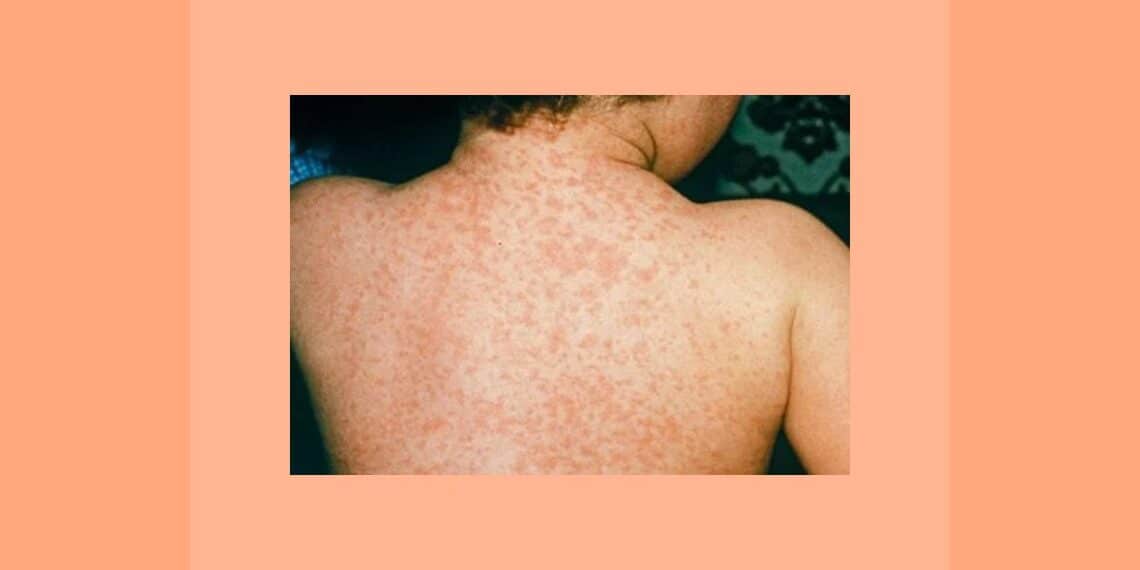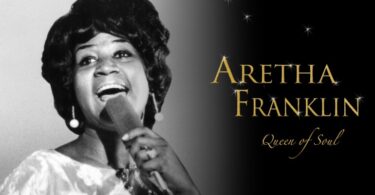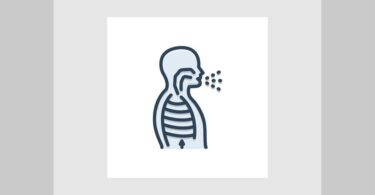Measles Symptoms
Measles, (morbilli), is due to a virus which is spread by droplets which enter the respiratory tract or conjunctiva. Epidemics occur every two or three years.
It usually affects children aged three to five years, and the incubation period is ten days. The first stage is the catarrhal stage and is highly infectious, resembling a cold, with fever up to 39.5C. There is a watery nasal discharge with sneezing and conjunctivitis. On the second day of the infection there may be a harsh, brassy cough and hoarse voice, due to laryngitis. There may also be intense sensitivity to light, and Koplik’s spots. These spots are diagnostic and are tiny white blister-like eruptions, rather like grains of salt which appear in the mouth, on the mucous membranes opposite the molars. On the fourth day the second stage of the disease occurs. A macular rash appears behind the ears and on the forehead, spreading to the face and, in a few hours, affecting the trunk and limbs. The spots tend to fuse, giving a blotchy appearance and the child is irritable and tearful. The rash gradually fades, leaving a brownish powdery fine scaling. Measles is not contagious after the fifth day of the rash. Measles is a notifiable disease and the child must be kept off school for 14 days from the onset of the rash.
Case 1
There had been an epidemic at the school where one of these two brothers attended. About twenty of the children had become ill in the past week and although T did not have any signs of measles he was feeling tired and had a runny nose and very slight fever. His mother called me to ask what to give him for the cold and mentioned the measles outbreak. All the consultations were over the phone, as she couldn’t bring the boys to see me. T’s cold subsided after a dose o Pulsatilla 200 and he seemed recovered. One week later his mother called to say she thought he had measles.
T is an eleven year old boy who is in general good health and has not had any vaccinations. He had had the cold one week prior to the measles symptoms appearing, so it was difficult to say whether he had had the prodromal stage during the past week. His symptoms were sneezing, coughing and feeling very nauseous. He had a fever of 38.4 C, was thirstless and had no desire for food. He was very lethargic and wanted to lie down. I asked his mother to look in his mouth and there was evidence of Koplik’s spots, which confirmed the diagnosis. I advised T’s mother to inform the doctor of his condition as this is a notifiable disease. T was quite sleepy and resting most of the time. I prescribed Gelsemium, 200, every two hours for eight hours and asked his mother to call me the next morning. Because the symptoms can change and there are complications of a neglected case I wanted to be aware of what was happening. I was dependant on accurate reporting of T’s condition.
The next day T was feeling worse, he had a very high fever, 39.9C at 9.00am and he was covered in bright red spots. His mother said they looked angry and he was very sensitive to noise. His eyes were red-rimmed and he was refusing to drink anything. Despite his high fever there was no perspiration. He was very irritable if he had to move and could not bear the light in any way. I prescribed Belladonna 200 every hour for six hours and asked T’s mother to call me in the evening. At six o’clock that evening his temperature had dropped to 38.8 and he had taken a little fluid but still had not eaten anything. He was very irritable and his eyes were red and painful. Because there was a little improvement in his condition I advised to give Belladonna 200 every four hours if T’s temperature was still high. T’s mother called me the next day to say his fever had subsided but he was very irritable had diarrhoea, a dry cough and dry eyes. He was lethargic and did not want to talk or move but his thirst had increased and he had started to perspire. The spots had joined together and his mother said he looked blotchy. He still had no desire for food and was very irritable if his mother tried to persuade him to eat. Because of the dryness, irritability, desire to be still and aggravation from any kind of movement I prescribed Bryonia 200, one dose three times a day for the next two days. I asked T’s mother to call me in 48 hours. When T’s mother rang she said his temperature was back to normal and the spots were beginning to fade. Although T was still very lethargic he had begun to eat and drink normally and was more enthusiastic about the things he enjoyed. I did not prescribe any further remedies as T was recovering quite well, but asked his mother to call me after the weekend to let me know how he was.
Because there are possible complications of measles and I was not able to see what was happening, I felt it necessary to stay up to date with symptoms in order to pre-empt further problems. T continued to improve and rapidly regained his appetite. He remained well but somewhat lethargic for a few more days and his sleep was disrupted. I prescribed Kali. Phosphorus 6x, one tablet twice a day for five days and he had no further symptoms. He went back to school the next week and remained well.
Case 2
One week after T displayed his first symptoms his mother called to say that his younger brother, 9 year old M, had started what looked like a cold. He had streaming eyes and a runny nose with a low grade fever of 37.9C. He was thirstless and had no appetite. He had no sensitivity to light and no cough. He wanted his mother near him and was happy just to sit with her. I prescribed Gelsemium 200 three times a day and asked his mother to call next day. By this time M’s fever had risen to 39.5C and he was complaining of a severe headache. He too had Koplik’s spots. I prescribed Belladonna 200 every hour for six hours and asked his mother to call me that afternoon. M was doing well on Belladonna; the spots were appearing and his fever was subsiding.
Next day M’s headache was still quite severe but his fever was settling and not going above 38C. I prescribed three more doses of Belladonna and the next day he was a little better. He was thirsty for hot drinks but not hungry. He could be coaxed to eat sweet things but nothing else. He wanted his mother in the room but did not want to talk to her. He was very irritable and quite demanding. His mother said he was bossy. He was better, but still quite unable to walk or sit up in bed. He was still covered in spots and had a cough now. Lycopodium covered all of these symptoms and I prescribed Lycopodium 200 three times a day for two days. M’s mother called me after that to say M had “turned a corner” and was generally much better, but complaining of a severe earache. It was his right ear and there was some discharge from it. M’s mother was concerned that this could be a complication of measles and I agreed that he should be examined by a doctor. Otitis is a complication of measles and because I was unable to see this little boy I felt it should be dealt with quickly. The doctor was very supportive of the homoeopathic treatment but felt this clearly needed antibiotic, due to the significant risk of a middle ear infection.
Amoxicillin 250mg three times a day was prescribed for five days. The ear infection cleared within two days and M remained well but a little sluggish for a few days. No further remedies were prescribed and he recovered completely within ten days of contracting measles.
These are two interesting cases of measles. In both cases the beginnings of the disease were similar but as the illness progressed, they began to exhibit very different responses to it. In the case of T, he had more severe conjunctivitis and weakness than his little brother. He had been suffering either a cold or the prodromal stage of measles. This is the stage prior to the eruption of spots and is often the most infectious or contagious point. T’s immune system was weaker than that of his brother and he was definitely more ill at the beginning of his measles. The turning point for T was after Bryonia, not a common remedy for a case of measles, but nevertheless a very effective one in this case.
M had a stronger constitution and his initial symptoms were less severe. He did not develop such a high fever, was less troubled by conjunctivitis and did not suffer diarrhoea to the same degree his brother did. The point at which I became concerned was when M developed earache. This could well have been the Lycopodium causing a discharge from the ear, but I was not prepared to take a risk and felt he needed a full physical examination. It was both refreshing and reassuring to have a general practitioner who was sympathetic towards homoeopathy and supportive of his mother’s choice to use alternative methods first. It is possible that this case may have resolved after a few days but, with such a risk of Otitis Media it was unrealistic to expect this boy’s mother to wait.
These two cases were resolved within ten days. Their mother reported that other children in the school were still doing poorly after three weeks. I think several factors were instrumental in a speedy and complete recovery. Firstly the boys’ mother was nursing them very well and reporting to me on a daily basis as to their progress. I was available to prescribe remedies as the symptom picture developed and we had a very supportive GP, who was responsible about prescribing antibiotics at the end of the disease, when there was a possibility of a bacterial infection, which could cause a serious complication. Because of my nursing background and, having treated measles with homoeopathy over many years, I was able to prioritise symptoms and know when to seek medical help.
Bibliography;
F. Vermeullen – Materia Medica
R. Murphy – Repertory
M. Tyler – Pointers To Series
R. J. Harrison – A Textbook of Medicine
Toohey’s Medicine for Nurses






